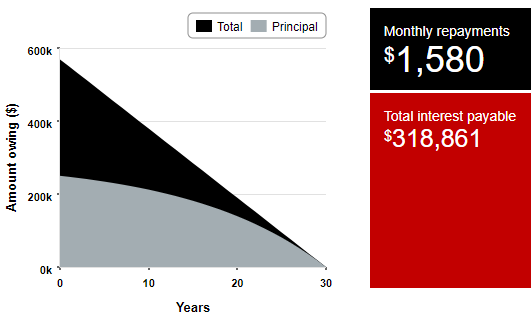Have you ever wondered where Jobs and Unemployment Rate unmbers come from? The short answer is “surveys,” but you may find this interesting.
Economists were expecting a Jobs Report number of 520,000 jobs lost for the month of May. Everyone was pleasantly surprised when the number came out today at 345,000. In addition, previous months’ numbers were amended positively (less jobs lost than previously reported).
In contrast to the positive (relatively speaking) Jobs Report number, the Unemployment Rate went up from 8.9% to 9.4%. I have always wondered why there can be such discrepancies in similar reports, so I want to share with you what I have learned.
The Unemployment Rate is calculated from a survey of 60,000 households. These households respond to questions about their current employment situation, and it is supposed to be a more accurate reflection of our current situation.
Now, although the Jobs Report is always an interest-rate driver, it isn’t very accurate and is subject to revisions (as above). This number is based on the birth-death ratio, which is a ratio based on averages – over several years – of new businesses over businesses that are no longer around. In addition to using averages, this ratio considers historical data and a whole lot of assumptions. You can imagine how inaccurate this number can be, especially when taking into account “good” economic times right along with today’s rough economic times.
The way the difference between these two reports was explained to me was that the Unemployment Rate is a reflection of our current situation, whereas the Jobs Report is a reflection of potential future trends. Both have significant effects on both the bond and stock markets, but the Jobs Report strategy seems like quite a stretch!


